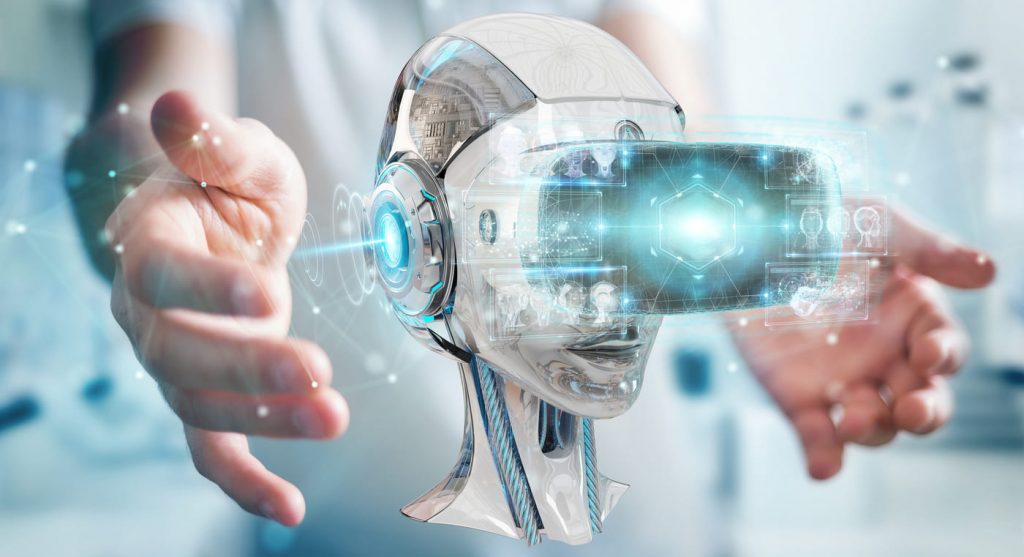What is adaptive AI and why will it be key in 2023?

Adaptive AI is truly a revolutionary feat of computer science, set to become a core component of all modern software over the coming years and decades.
As AI becomes increasingly present in people’s lives, more wants to know how exactly the models work. This is being driven by internal stakeholders who need to trust the models they are using, consumers who are impacted by model decisions, and regulators who want to make sure that consumers are being treated fairly. Explainable artificial intelligence is a set of processes and methods that allows human users to comprehend and trust the results and output created by machine learning algorithms.
It’s not big news that software built with a pinch Artificial Intelligence is on the rise. Applying AI and ML algorithms can help companies from various industries to improve dozens of daily operations, from making sure that the warehouse has enough inventory to meet consumer demand, to predicting how this demand will change over time. In 2022, the outcomes of AI development have become something of an average user can test and use with no obstacles.

It is the next generation of AI, which combines advanced machine learning algorithms with a more responsive and flexible approach to autonomous learning. Unlike Generative AI, Adaptive AI systems boast versatility and can adapt and learn in real-time, constantly retraining their models based on new data and feedback.
Adaptive AI models leverage real-time feedback to change their learning dynamically and adjust goals on the fly. This makes them especially capable in tasks that require an immediate reaction to sudden changes within a digital work environment. In fact, Gartner has named adaptive AI as one of its top strategic technology trends for 2023. The research also predicts that companies using it by 2026 will outperform their competitors by 25%. One of the main advantages of adaptive AI is its ability to adapt to changing circumstances. In a digital workplace, this means that companies can use adaptive AI to enhance the customer experience by quickly responding to changing customer needs and preferences. One of the most cutting-edge tools that epitomize adaptive Ai capabilities is SubStrata, a tool that dealmakers use to analyze verbal and nonverbal cues, enabling them to accurately evaluate prospects’ emotions and perspectives and close deals faster – all in real time. With its abundance of benefits, adaptive AI is set to overhaul the digital workforce by providing a more responsive and flexible approach to autonomous learning.
In 2023, there will be more AI-powered services and the pace of its development makes it hard to predict which spheres of our lives it’ll affect. Companies that are involved in market competition, however, have their own opinion on how AI-based software should benefit their business. There’s no doubt, AI services that can turn your cat into an anime character using a photo deserve proper appreciation, but what businesses need is optimized workflow and improved data security. For this purpose, Adaptive AI can be applied. These new generation AI systems process changing circumstances happening in real-world situations to adjust their behavior accordingly. Instead of using accumulated data to learn an AI system once and then deploy it, adaptive AI development implies continual learning and deployment. Such systems can receive new data from IoT devices, for example. Such an approach can be used for creating self-driving cars, smart assistants, social media monitoring services, etc.
There are areas where the application of AI-based systems are very productive. Adaptive AI adjusts to real-world, real-time changes because it can revise its own code. That adjustability means organizations can become more resilient in design, more flexible in application, and more quickly able to address disruptions and downtime. Adaptive AI-enabled control systems continuously monitor and learn the current state of operations and, with minimal staff intervention, optimally adjust the response as conditions change. Embedding adaptive AI at the device, control, and cloud layers creates three significant benefits: autonomous control, self-healing, and continuous learning. Adaptive AI changes how fast and how well people can make decisions, which can boost productivity. That’s especially important in connected, contextual operations. Companies relying on a data strategy that involves AI will realize more flexible decision-making, as people can respond more quickly to market, production, and supply chain changes.
This matters right now because decision-making is getting more complex, not less. Simplifying is not easy, but embedded edge computing can address a wide range of IT and operational technology use cases by bringing together adaptive AI, virtualization, and other disciplines. AI learns patterns from experiences with humans and machines. Because adaptive AI gathers and analyzes data sequentially, it learns from new information and observations while working with older data and predictions, delivering better outcomes for those able to build, operationalize, and scale adaptive AI architectures.
